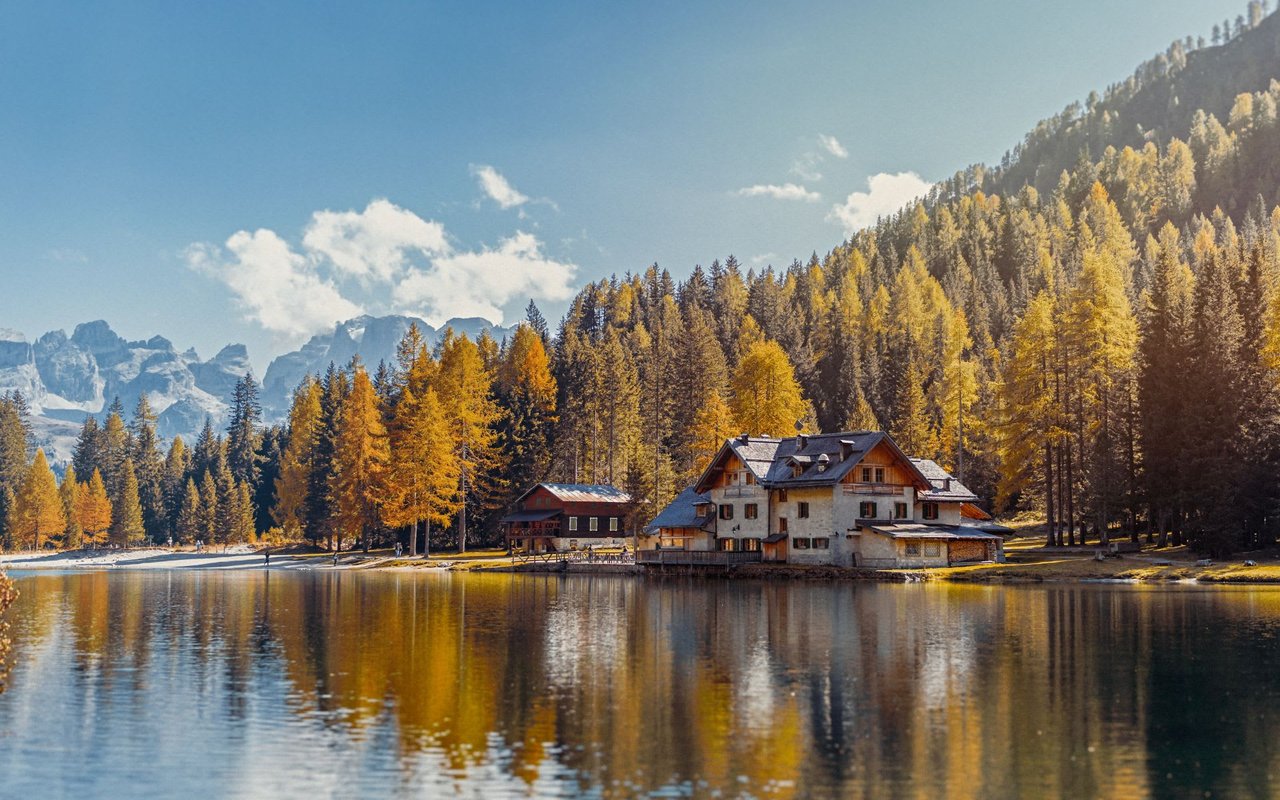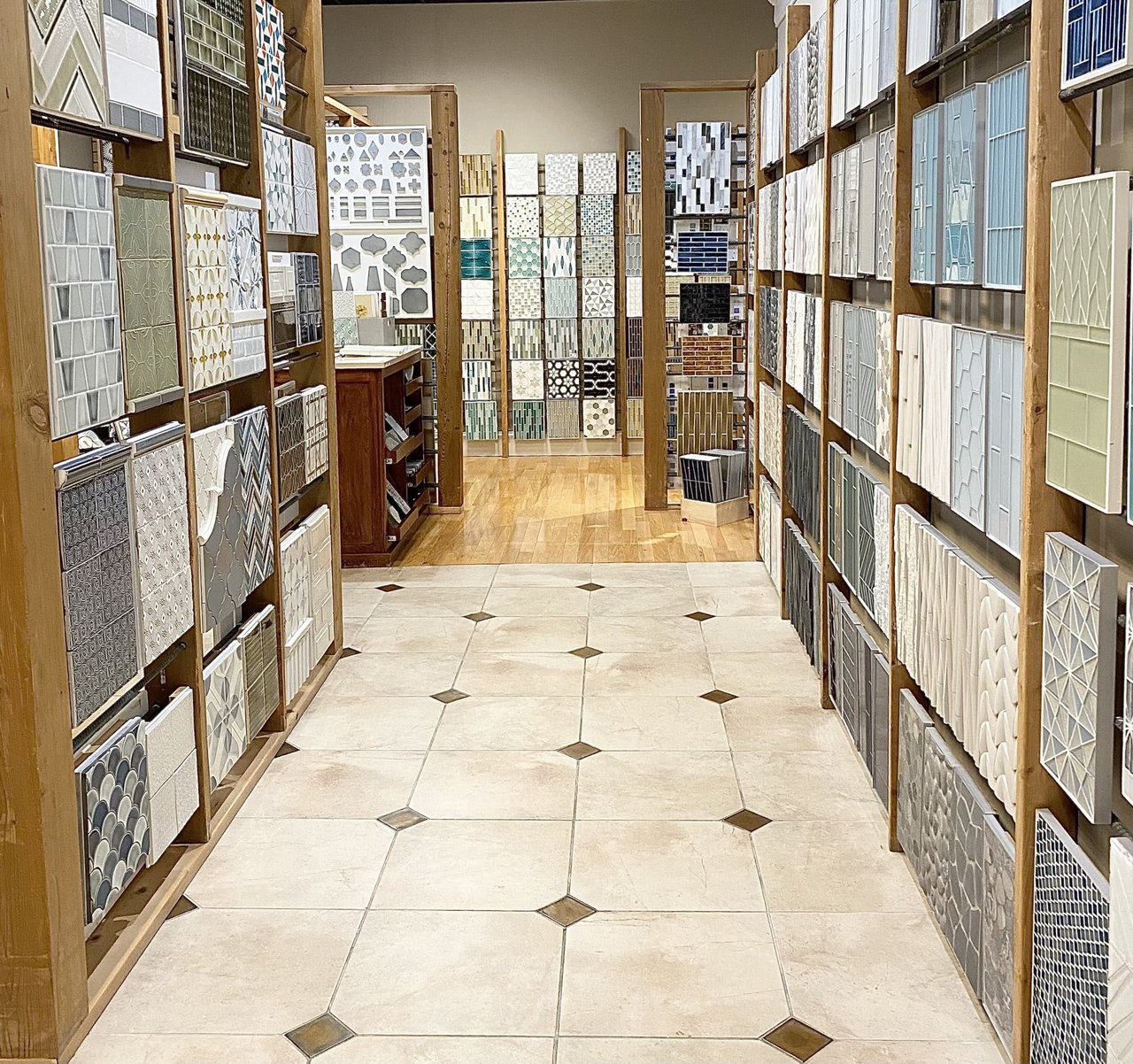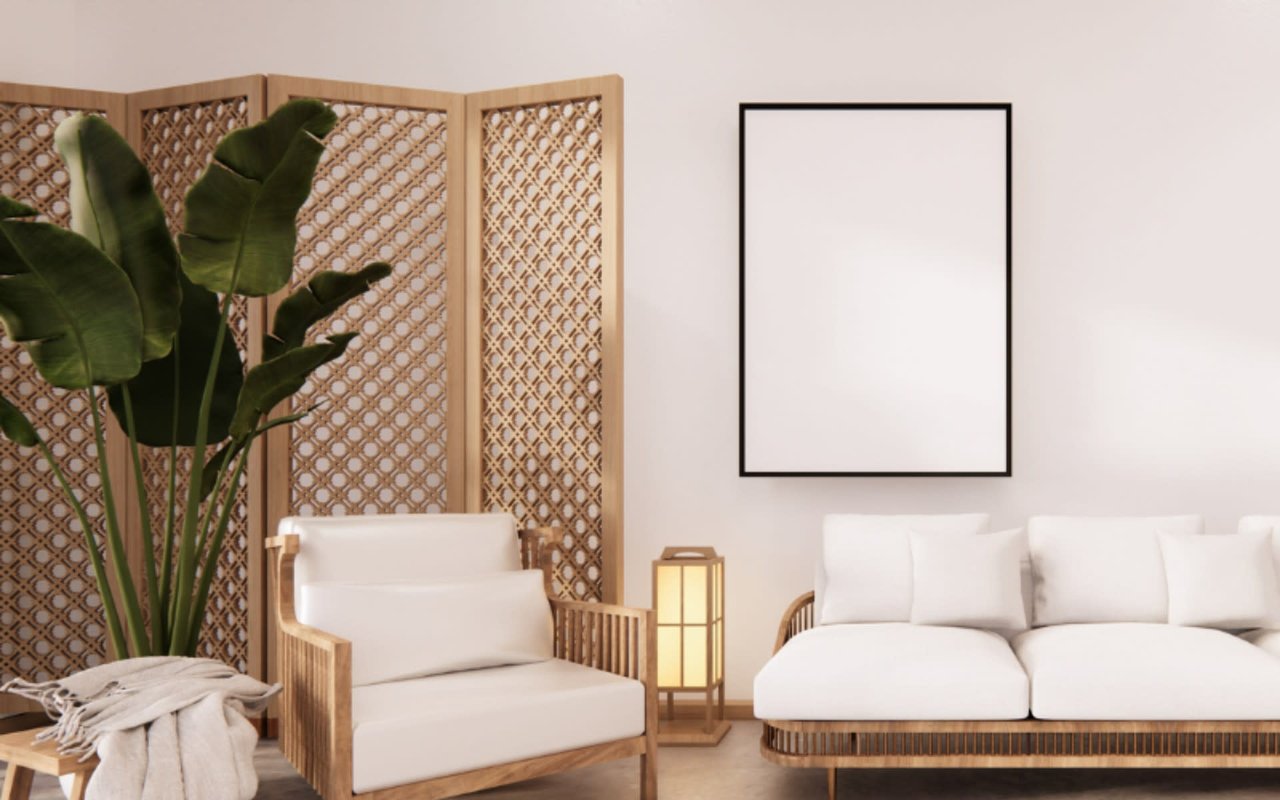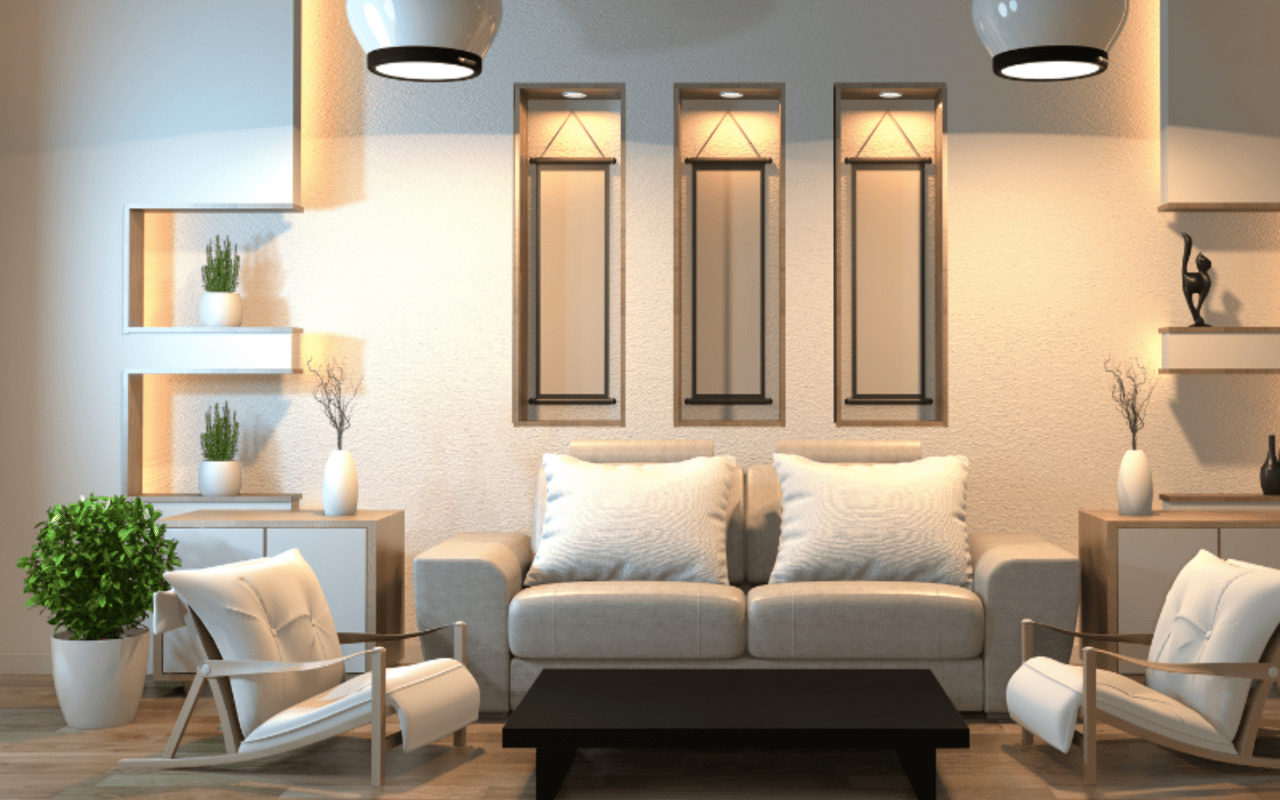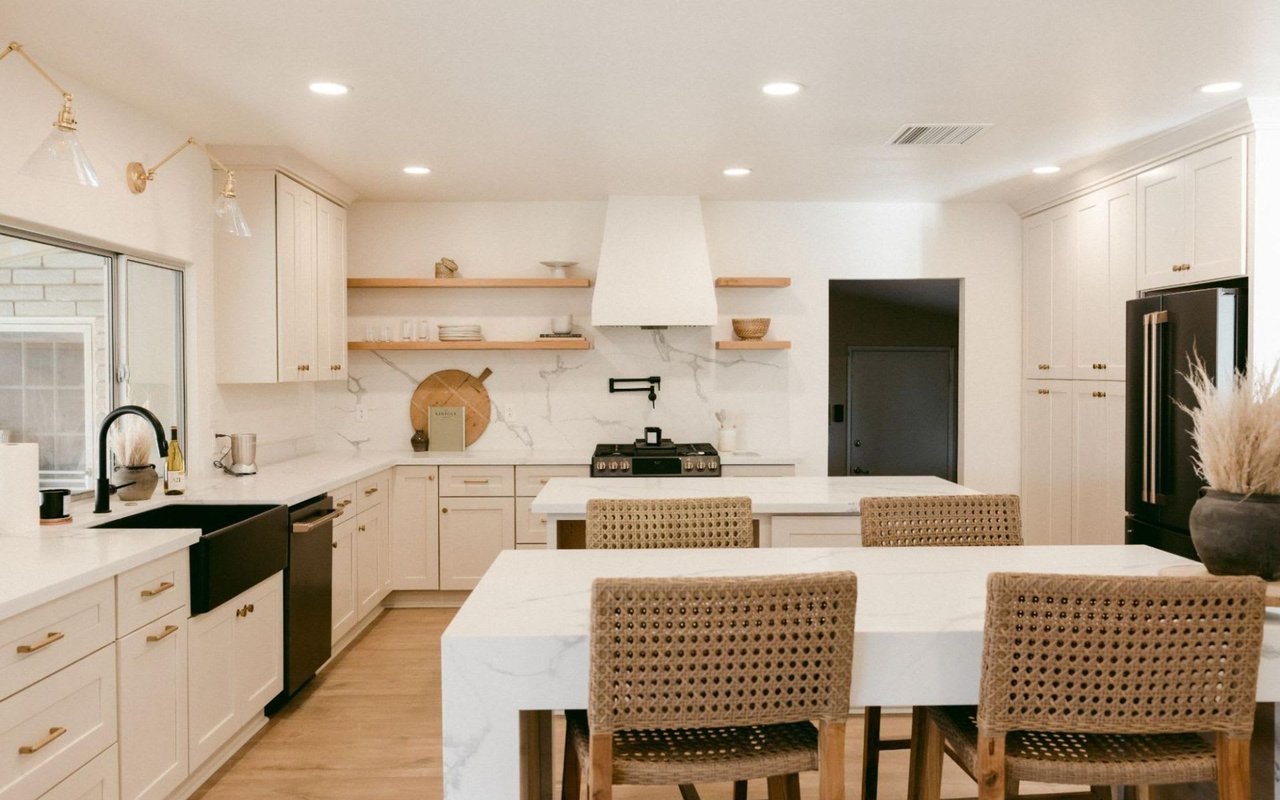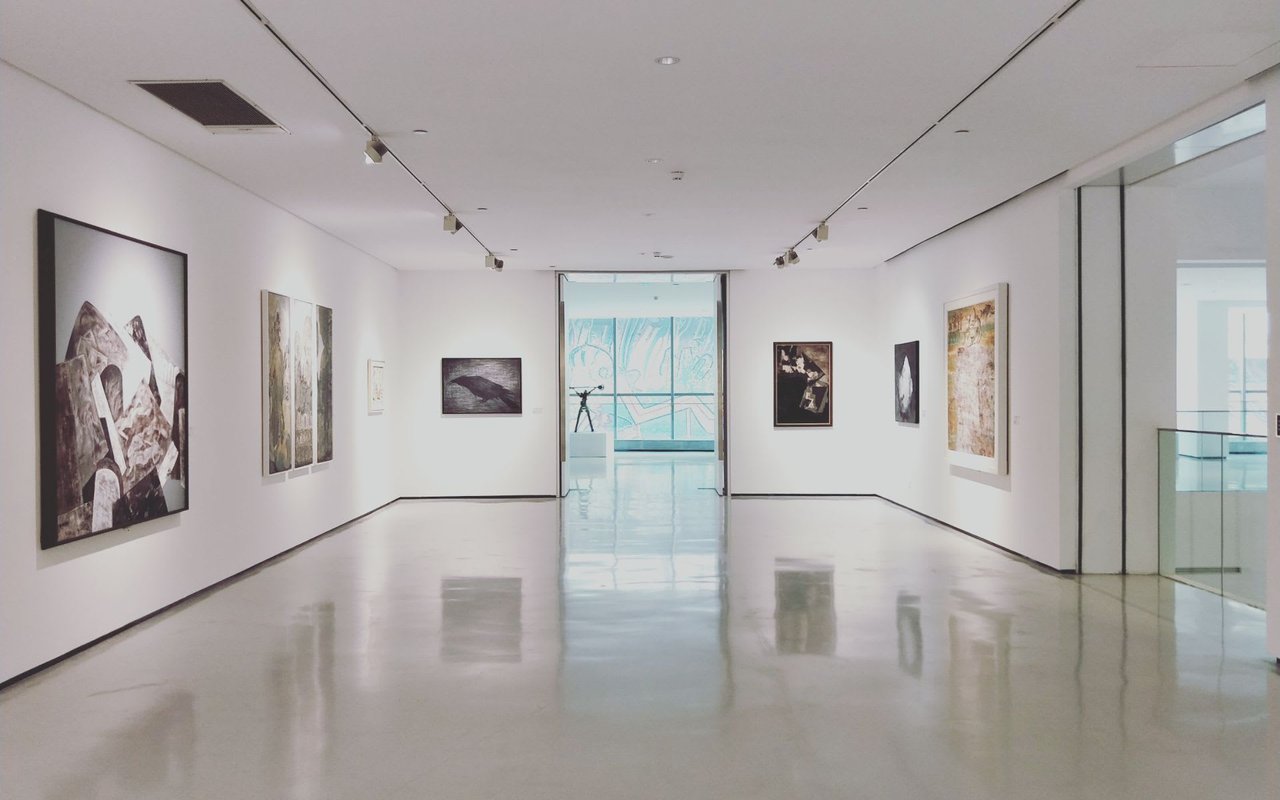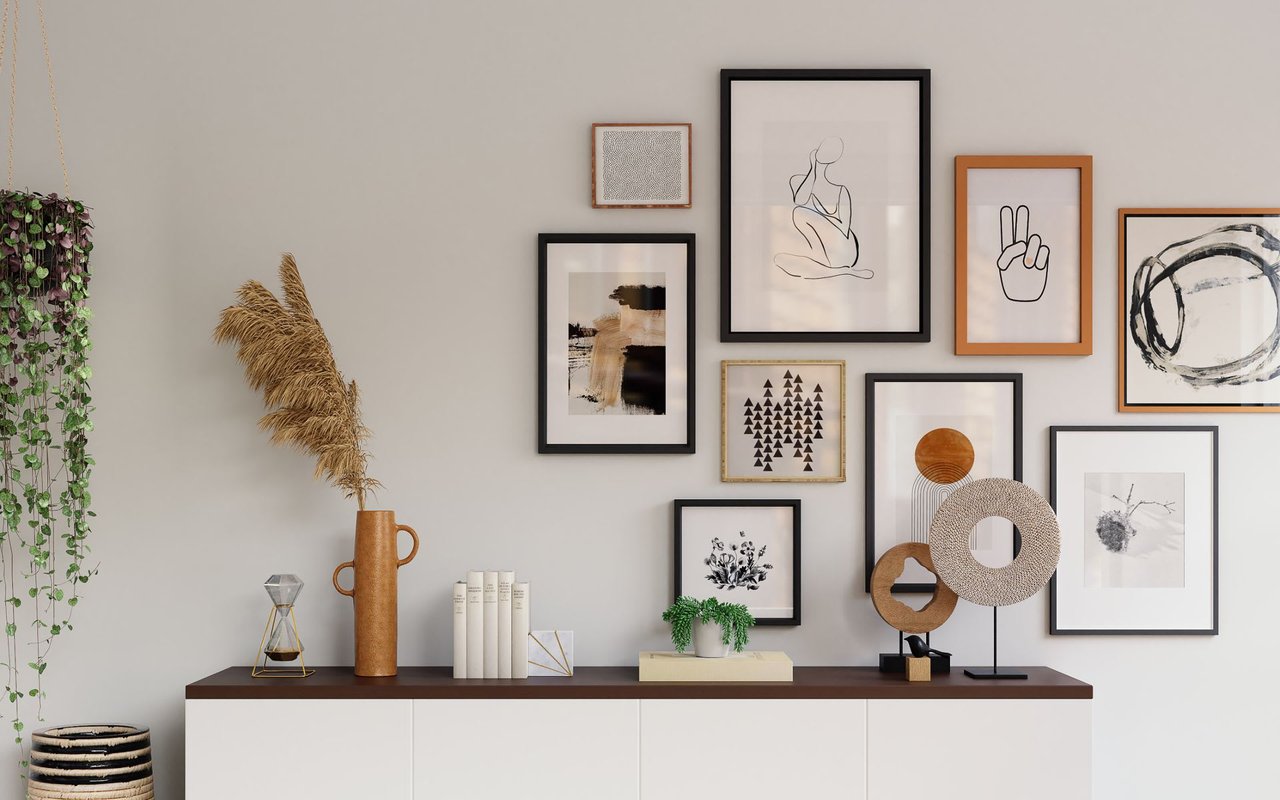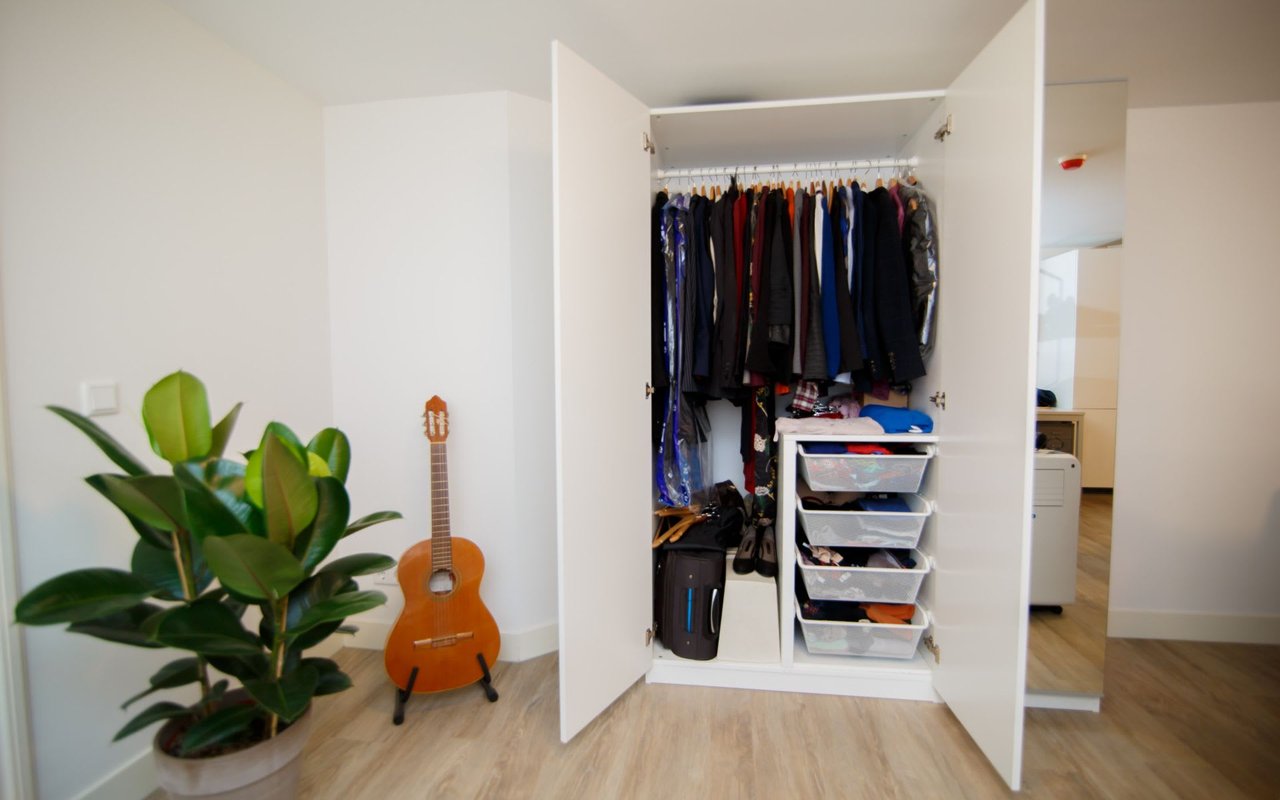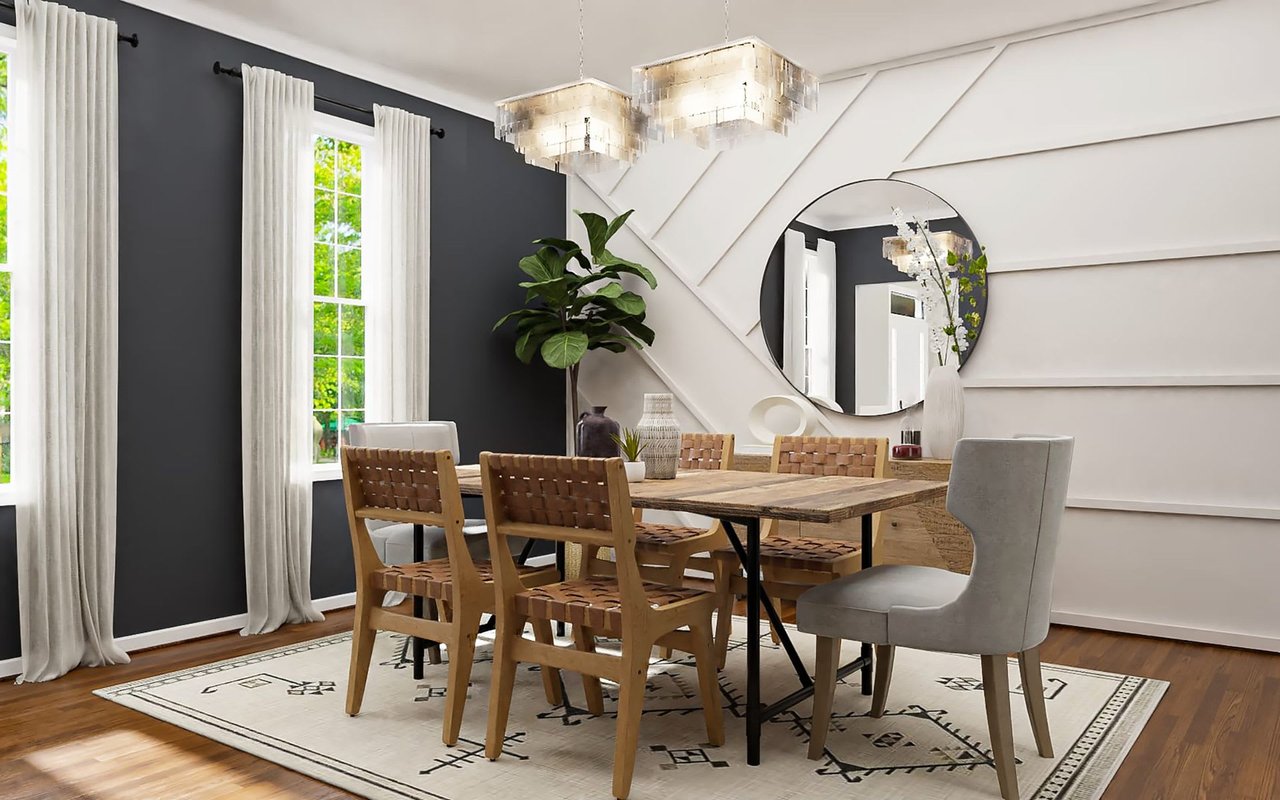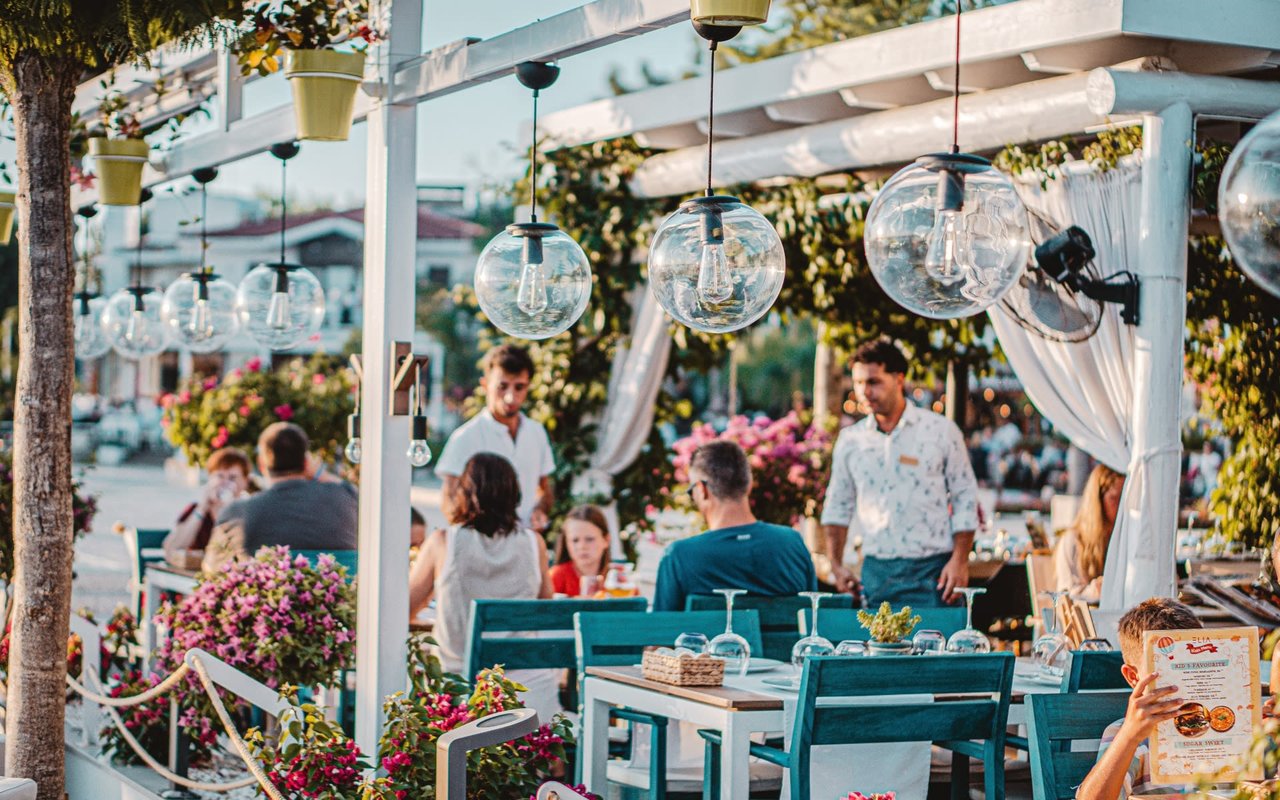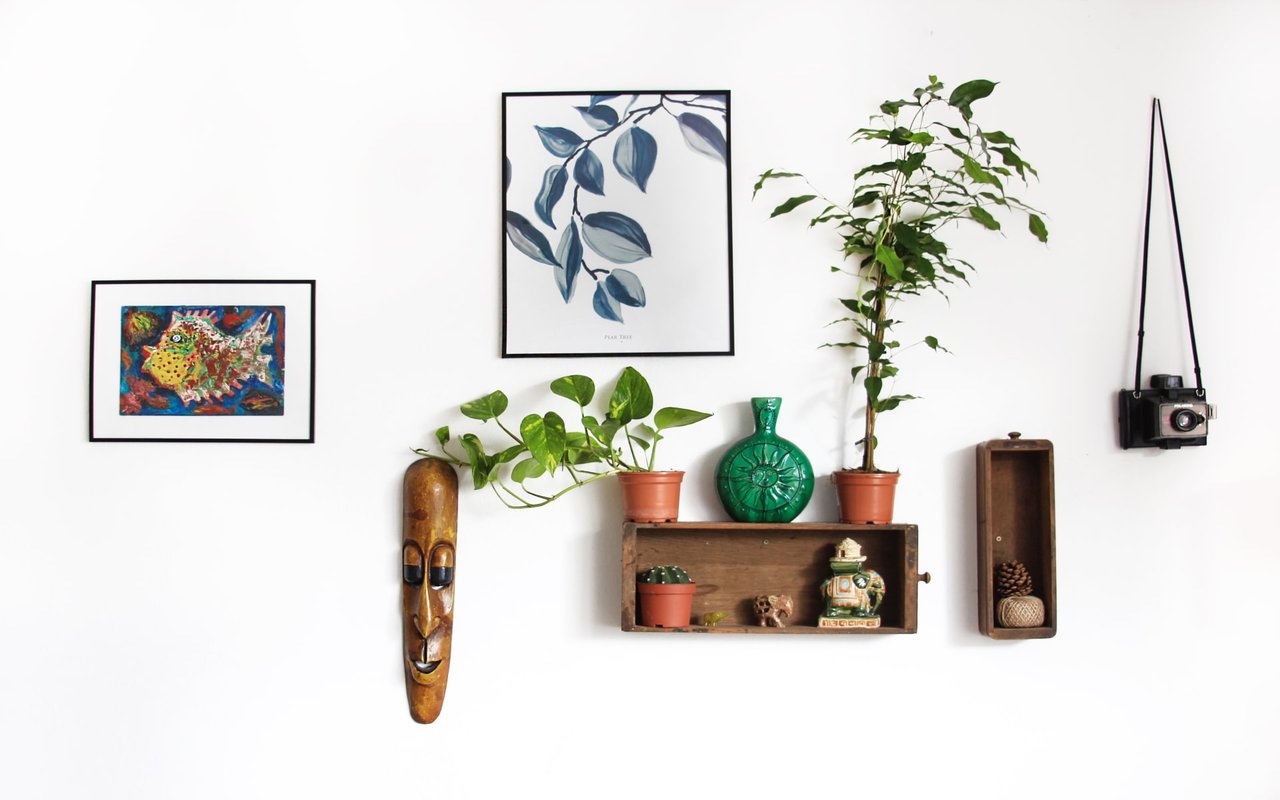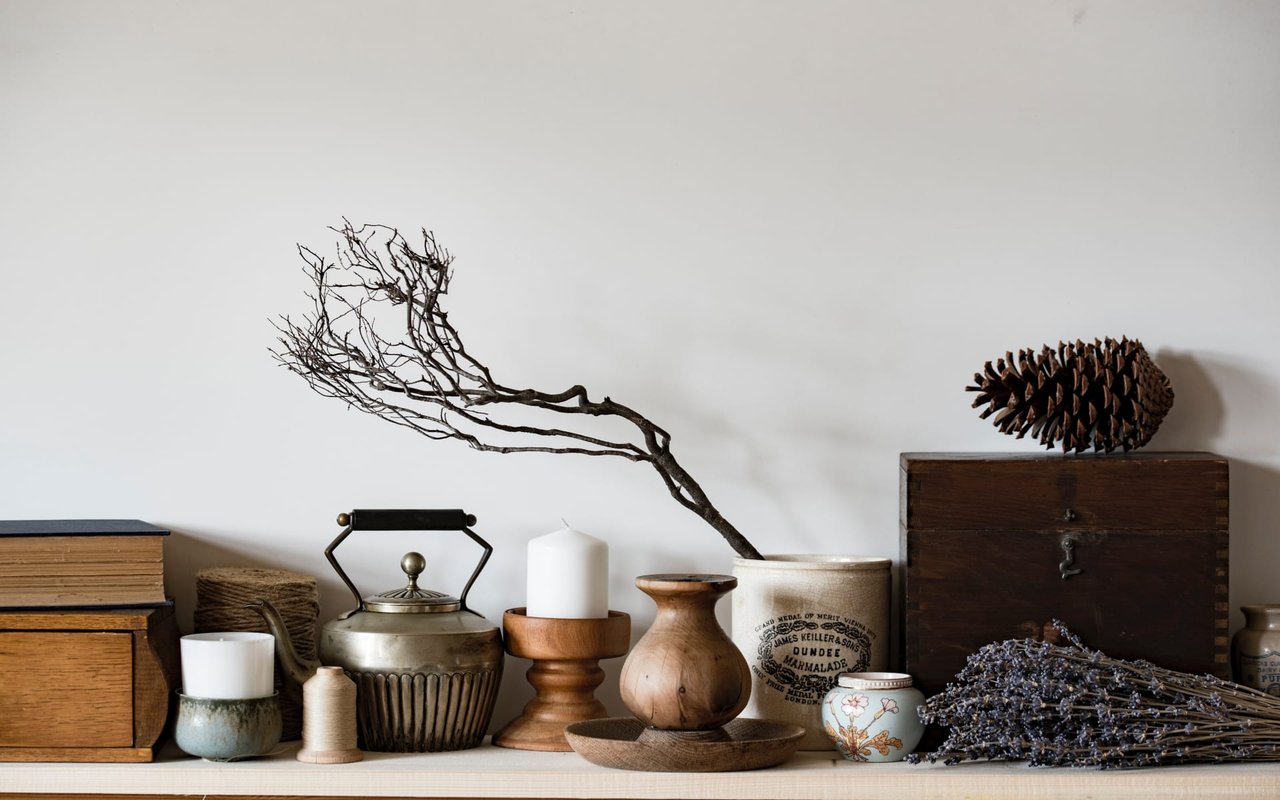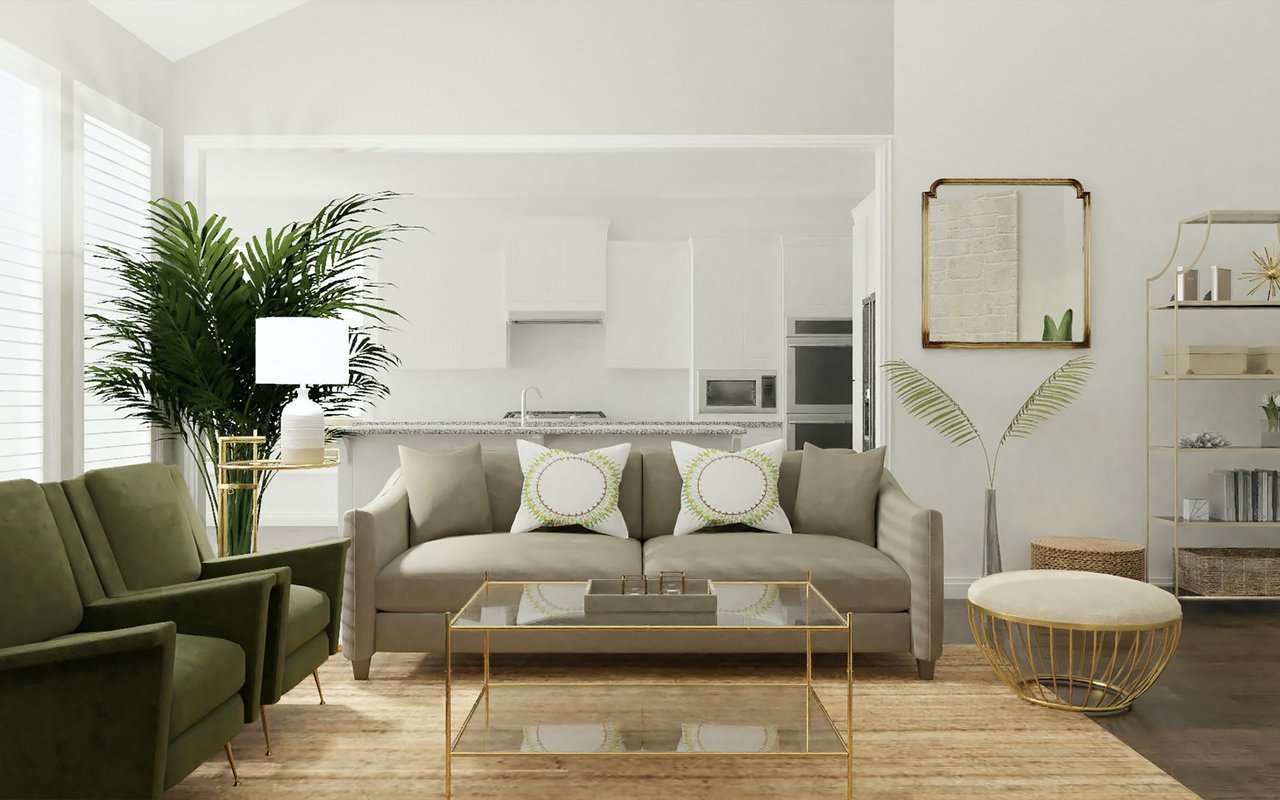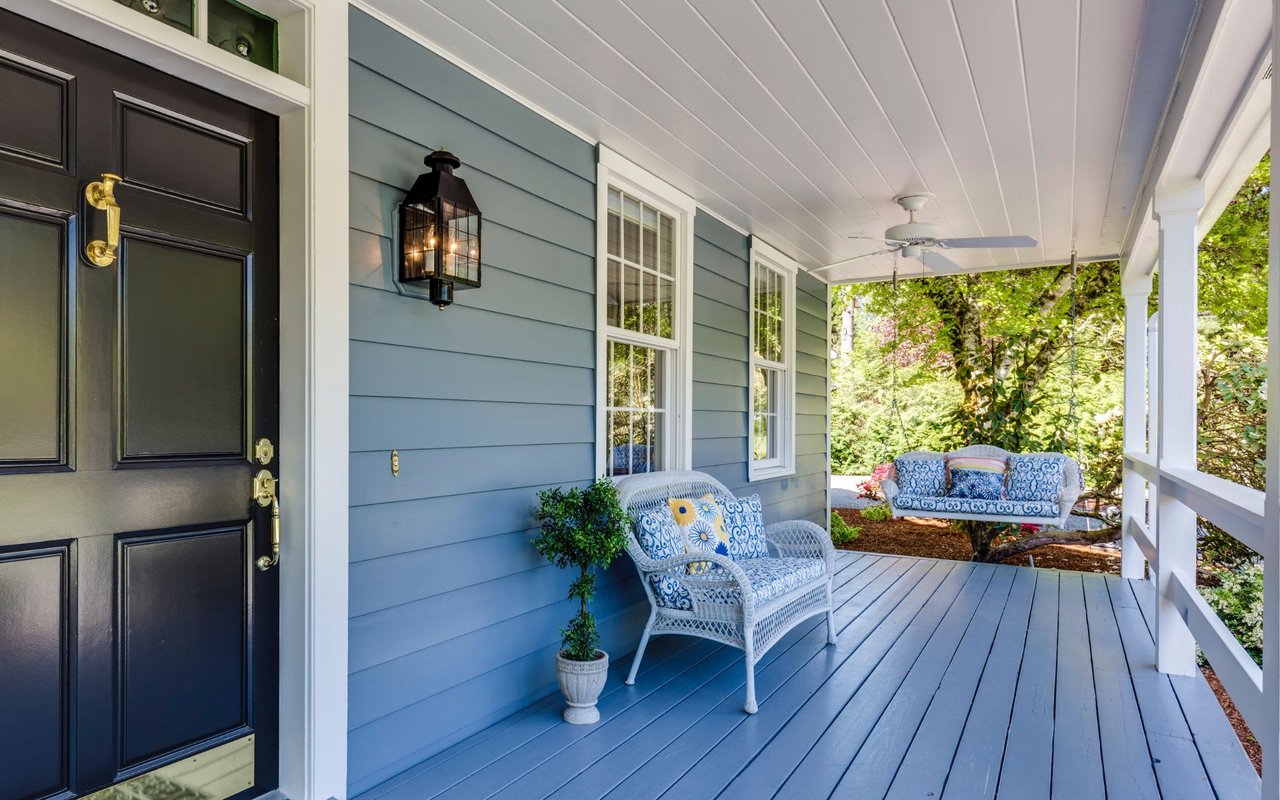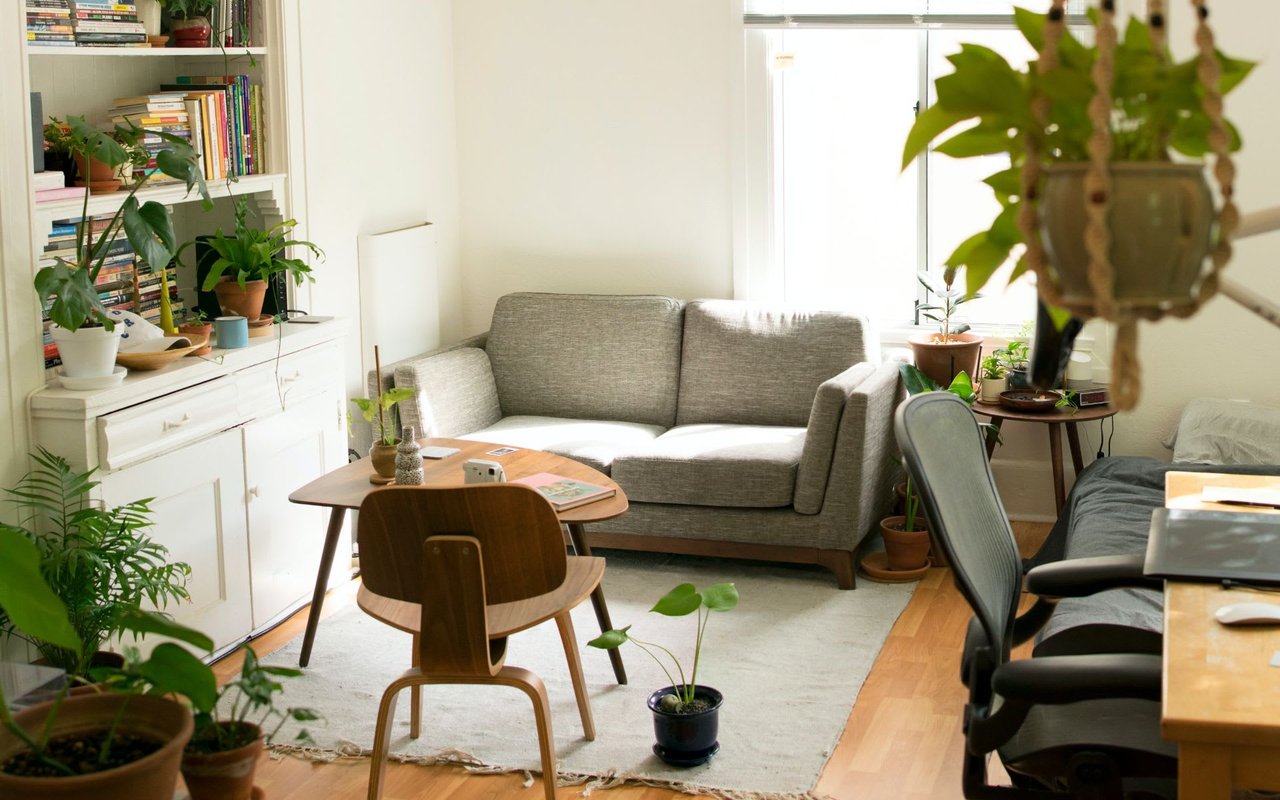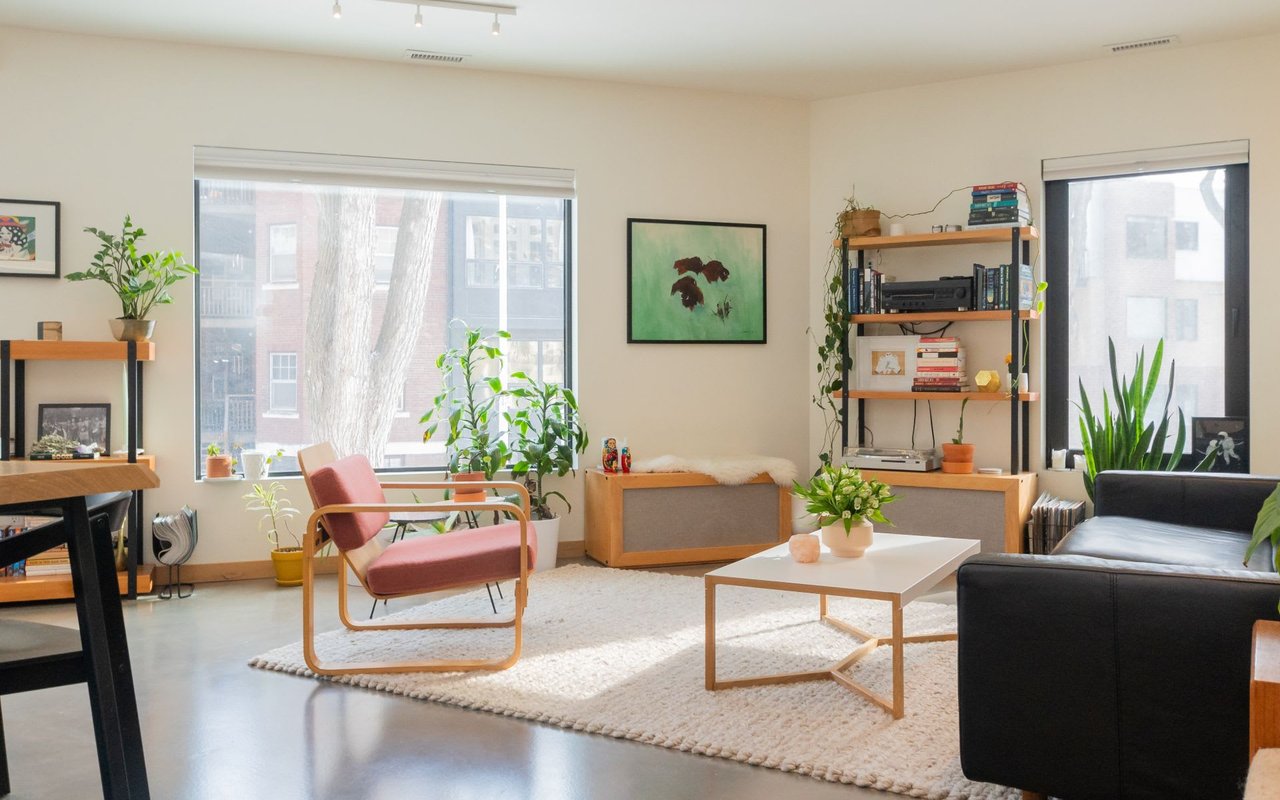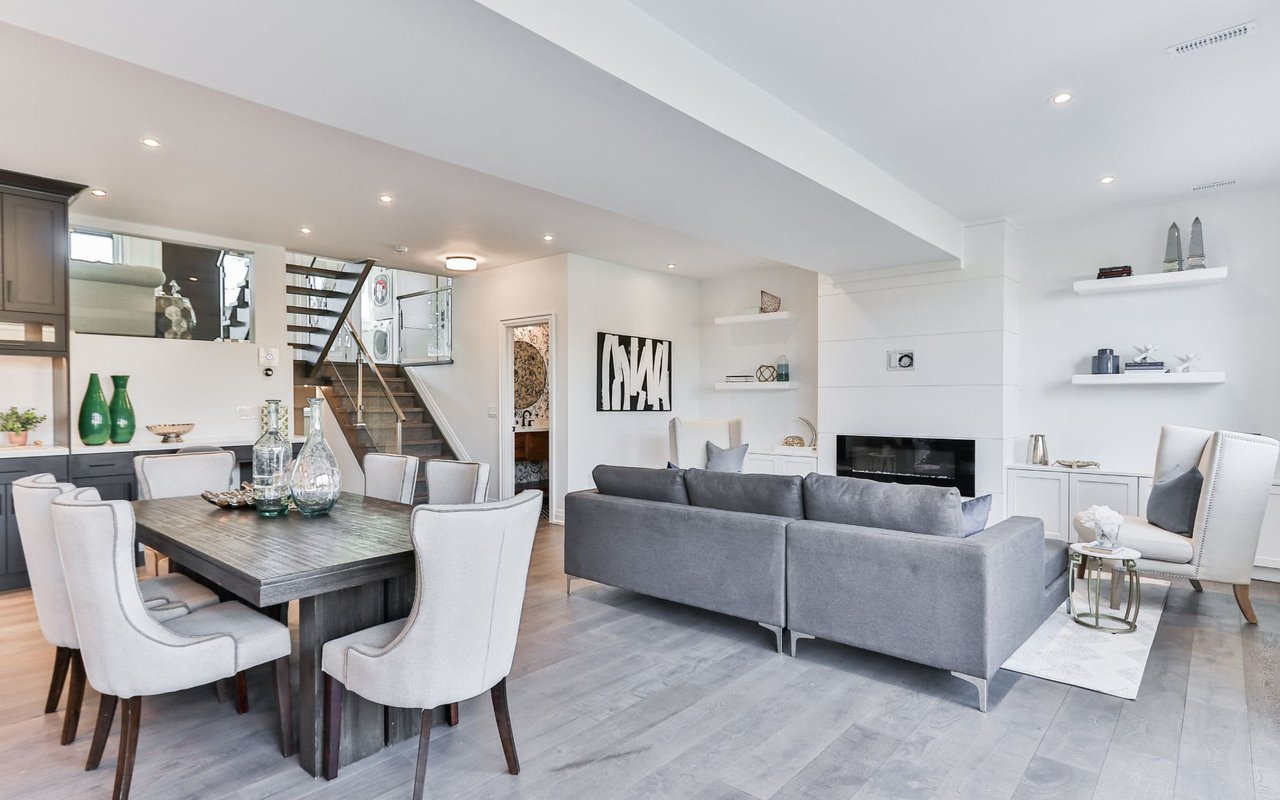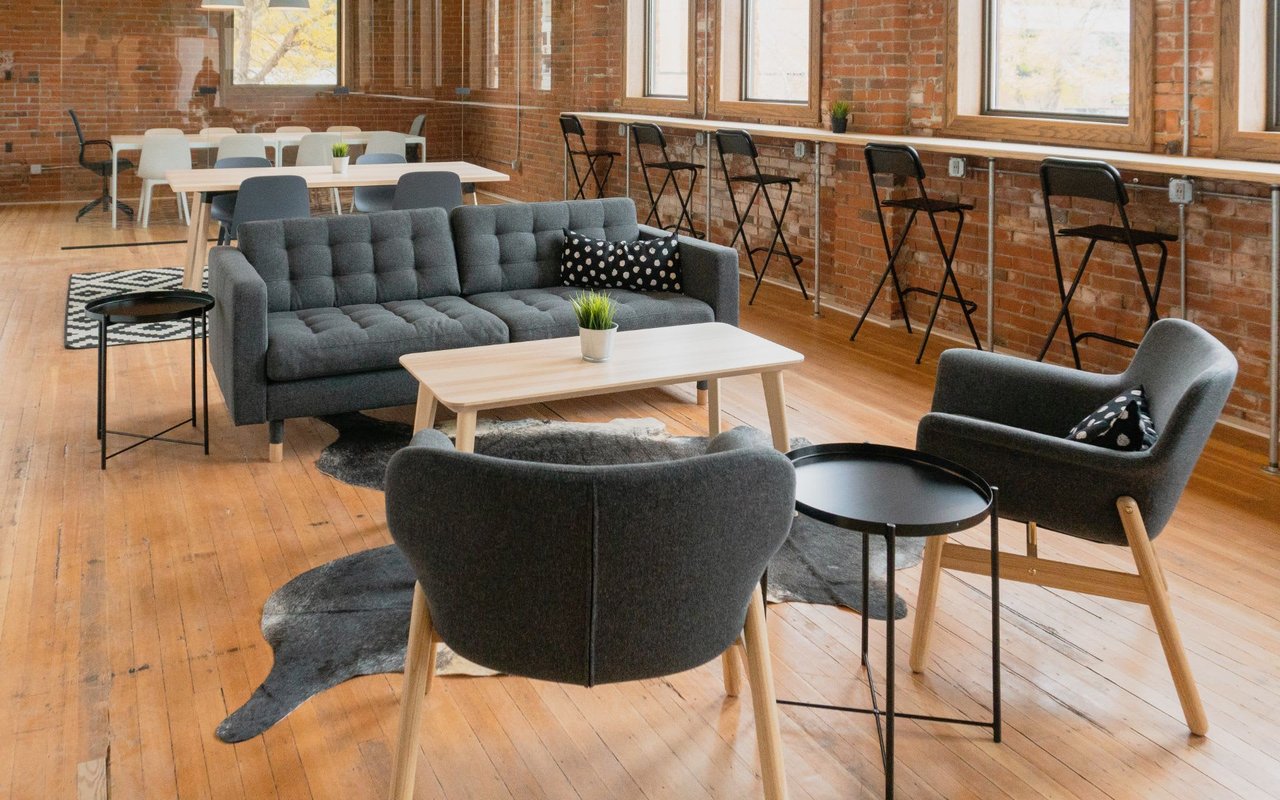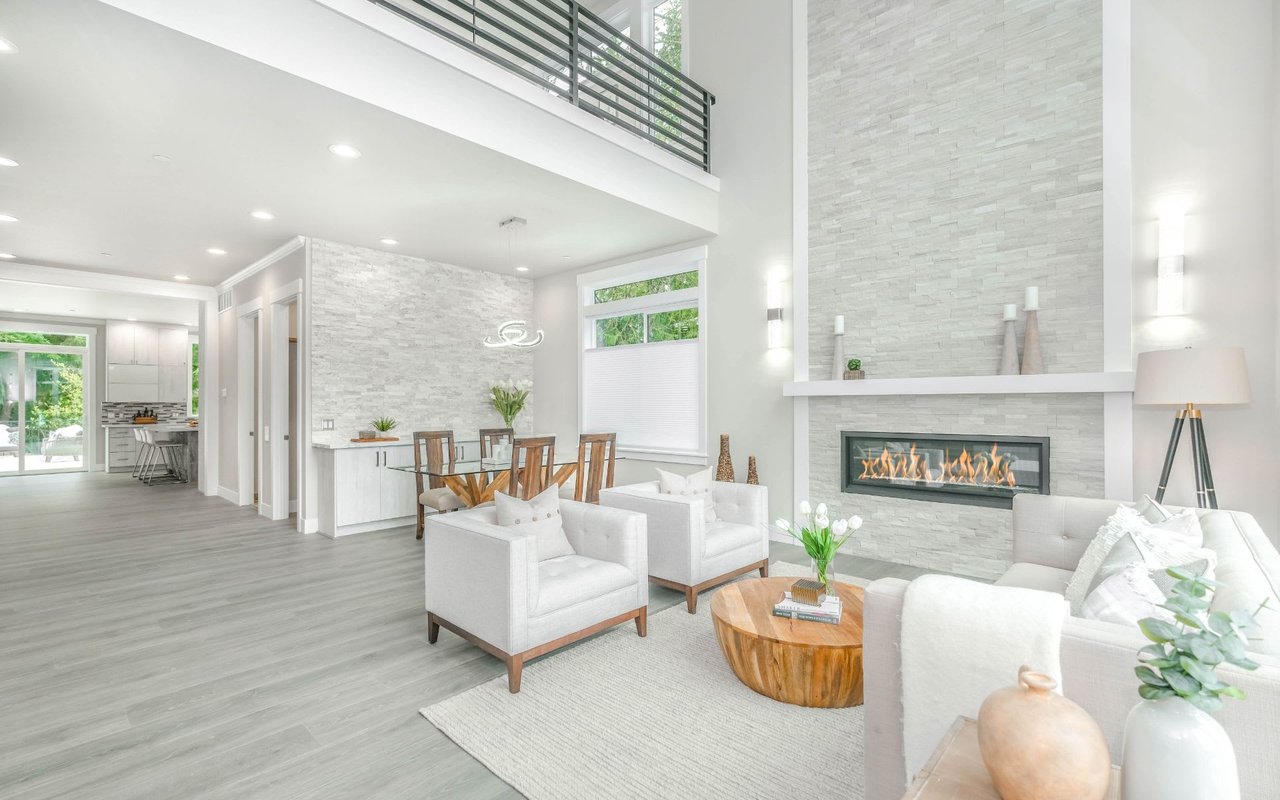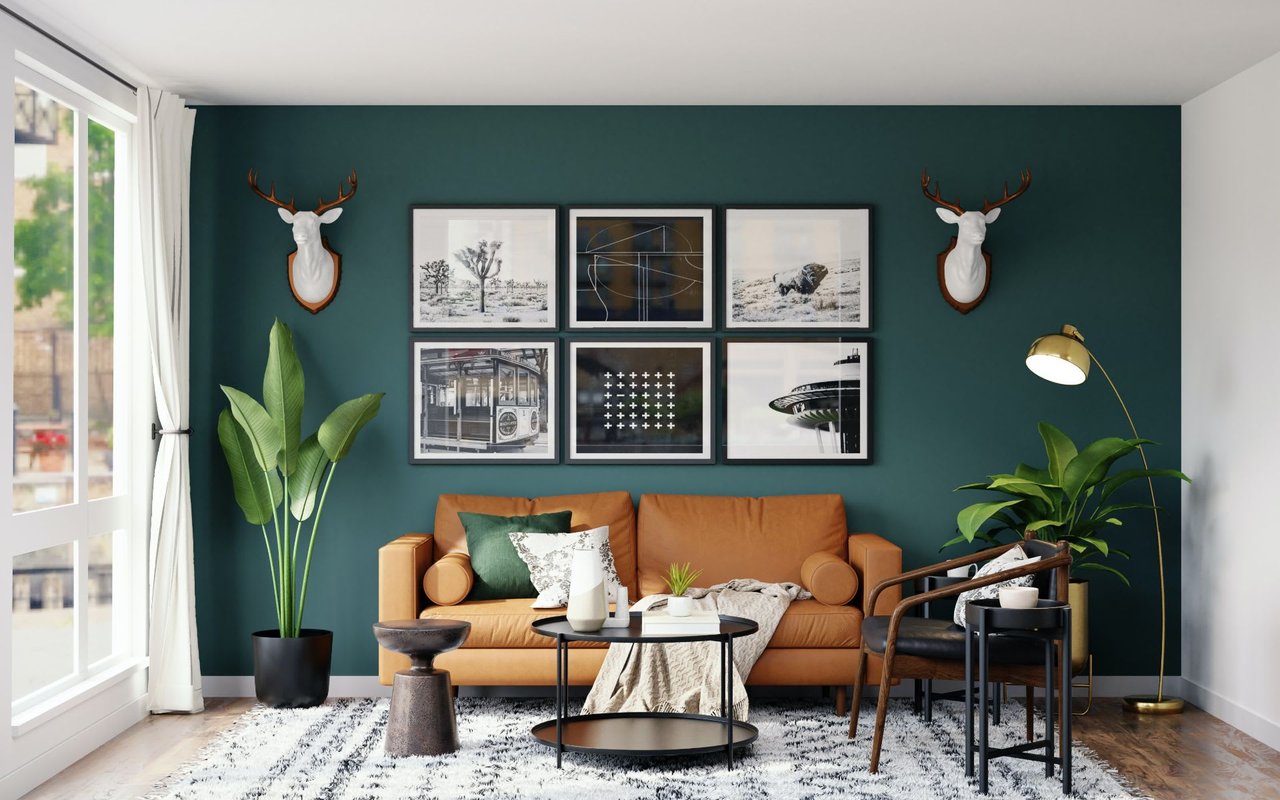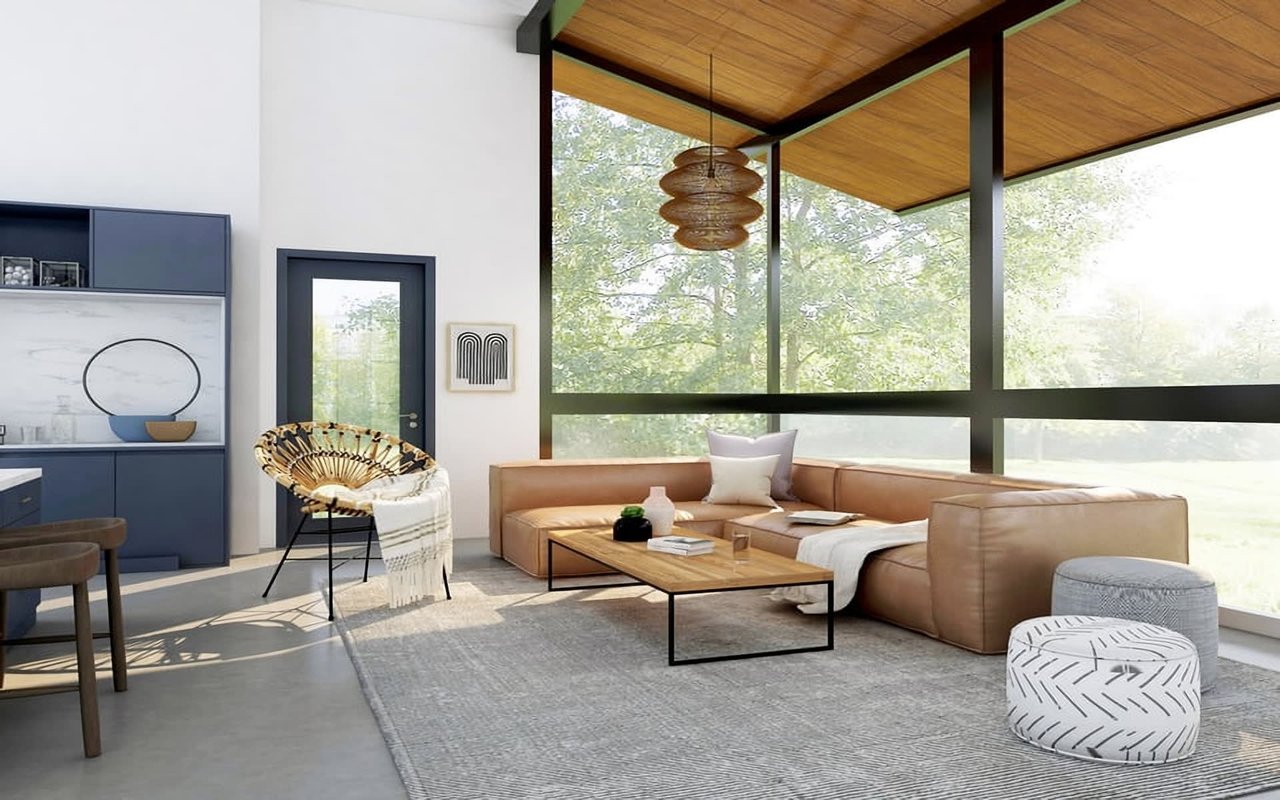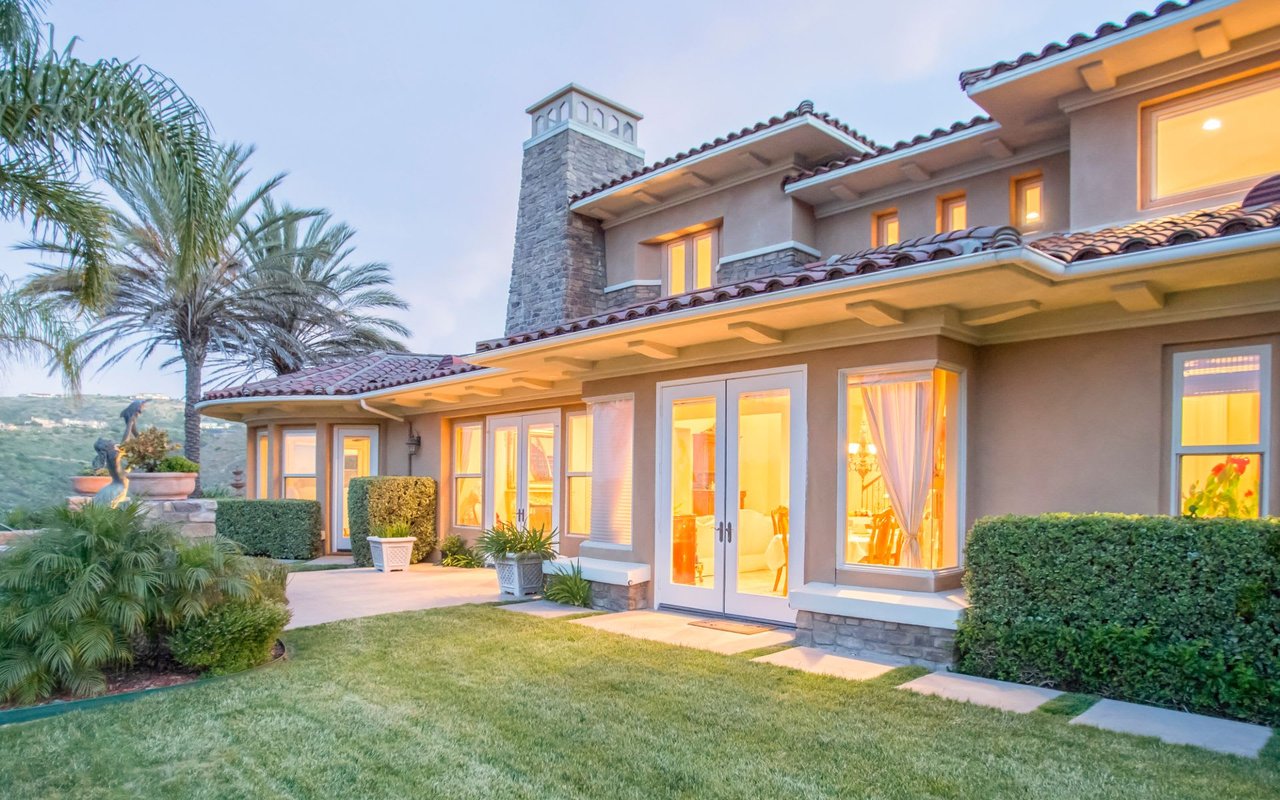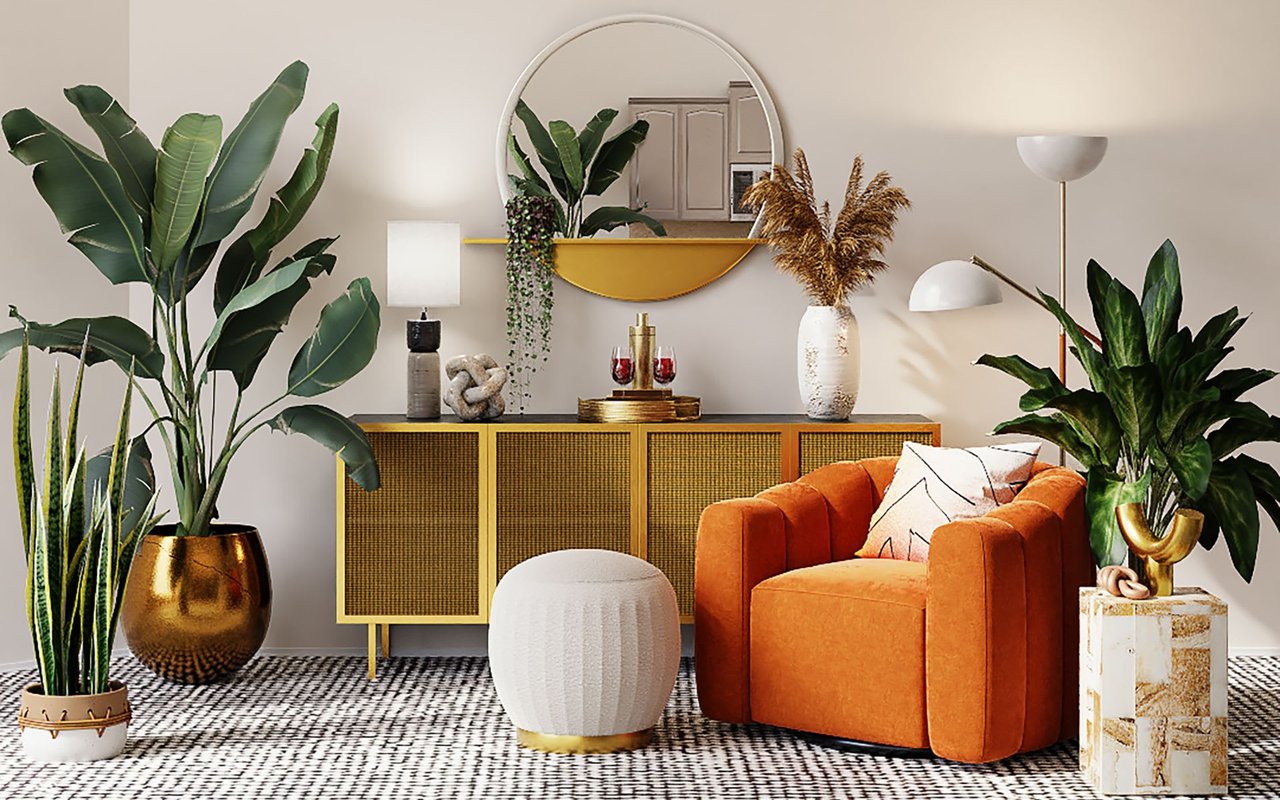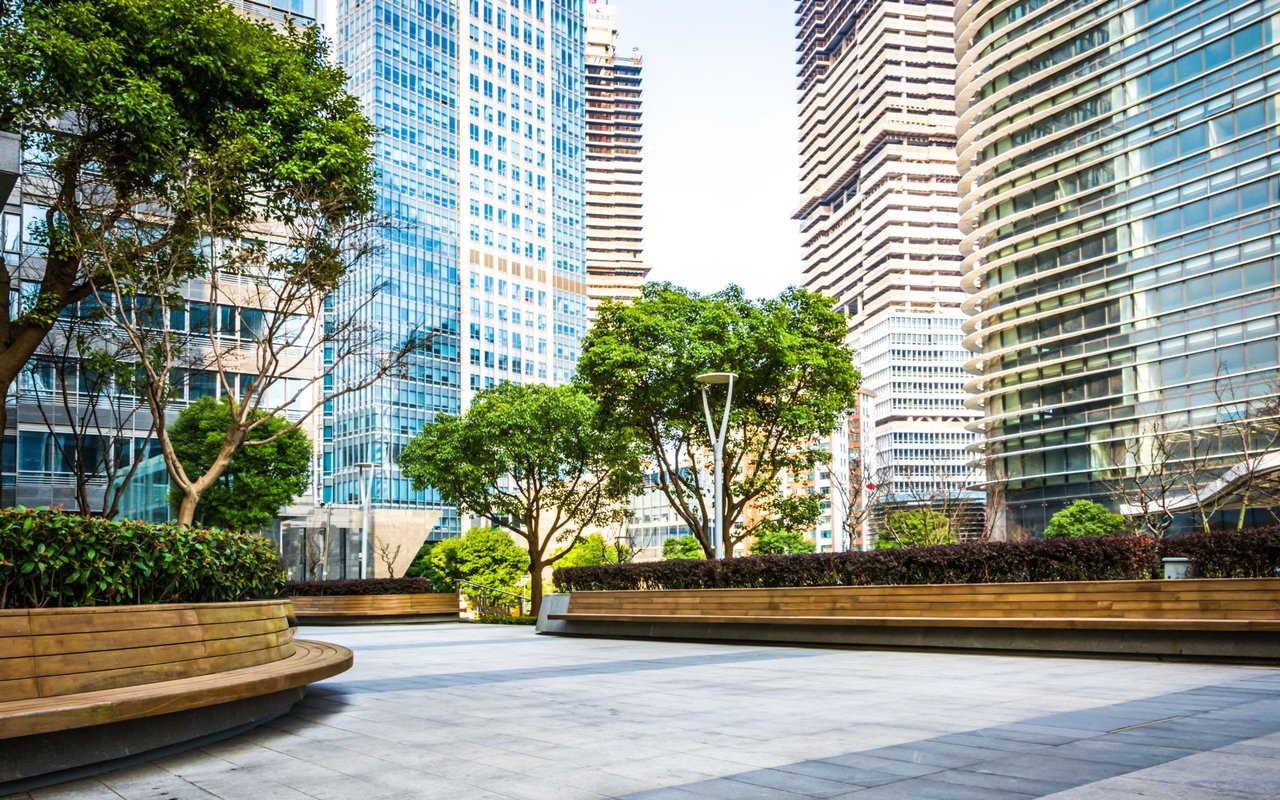We’re big fans of accessible design around here, and for good reason. Residential architecture can be exquisitely beautiful, but it is the delicate intersection of beauty, functionality and flow that makes a house a home. And for an increasingly large portion of the population, the notions of functionality and flow extend far beyond the basics, and that is where the principles of accessible design come in.
Most people associate accessible design with grab bars and railings, ramps and curb cuts and the now-ubiquitous automatic-open doors. These modifications and other design considerations are important facets of ADA (Americans with Disabilities Act) code-compliant design, but they also represent just a small fraction of the scope of accessible design. Accessible Design refers to the principle of designing buildings and environments that are accessible to all, regardless of limitations. In public settings this means that architects and designers strive to create a building that works for everyone, while in bespoke residential architecture it means that the occupants’ particular needs are accommodated in full, ideally woven seamlessly into the design of the home. For clients who are vision impaired or blind, flooring can be laid out to give tactile cues to when the homeowner needs to turn a corner. Counters can be installed at custom heights to accommodate different types of wheelchairs. Lighting can be wired to doorbells so a hearing impaired homeowner knows when someone is at their front door. And transitions between rooms and floor types can be made seamless to help those with varying mobility challenges avoid needless falls. Accessible design even flows to the outdoors, where knowledgeable landscape architects will select pathway and groundcover materials that can be traversed by everyone.
The list goes on, and the considerations that make for a fully-accessible home can profoundly, beautifully influence the architecture and surrounding landscape.
Laurent House by Frank Lloyd Wright
Frank Lloyd Wright designed and built his iconic, bespoke accessible home, the Laurent House, in 1948, predating the Americans with Disabilities Act and the accessibility guidelines that came with it by four decades.
Magid House by Sarah Wigglesworth Architects
Entrance options, close-proximity garden beds, accessible shared communal spaces, and design details that are friendly for all ages allow three generations to thrive, with privacy and comfort, in London’s Magid House.
The Center for the Blind and Visually Impaired by Taller De Arquitectura-Mauricio Rocha
The Center for the Blind and Visually Impaired in Mexico City uses an array of materials and textures for wayfinding that engages senses other than sight, and the effect is as visually interesting as it is innovatively functional.
Ed Roberts Campus by Leddy Maytum Stacy Architects
The Ed Roberts Campus in Berkeley, California is a fantastic example of universal design, going far beyond ADA requirements in its effort to accommodate as wide a group of people as possible. The architects were mindful of everything from the campus’s highly accessible floorplan and sensor/timer-controlled lighting and security systems, right down to the use of toxic-free, LEED-certified materials, so as to not exclude people with chemical sensitivities.
Accessible design is, at times, viewed as restrictive and clumsy, but these examples show that it can be a catalyst for creativity and innovation in design and architecture. We are noticing that more and more often, designing with an eye towards access and inclusivity for all is becoming not only more common but even a respected metric of success in architecture. No matter your age or ability, being considered and included in design decisions shouldn’t be a privilege, because by nature, our environment is universal, it is for all of us. And for a space to be enjoyed by all, it must first be accessed by all.
